What is Bias
Bias refers to a systematic error or deviation from the truth in the results of a study or experiment. It occurs when there is a consistent and non-random misinterpretation of the true effect or association between variables. Bias can lead to incorrect conclusions and affect the validity and reliability of research findings. It is crucial to identify and minimize bias in research to ensure that study results accurately reflect the relationships being studied.
Epidemiology studies aim to identify and quantify the relationship between exposure and outcome. However, various systematic errors called "biases" can distort the true association between these factors. Here's an overview of some key biases encountered in epidemiological studies:
Types of Bias
Selection Bias
- This occurs when the study population is not representative of the target population due to non-random selection of participants.
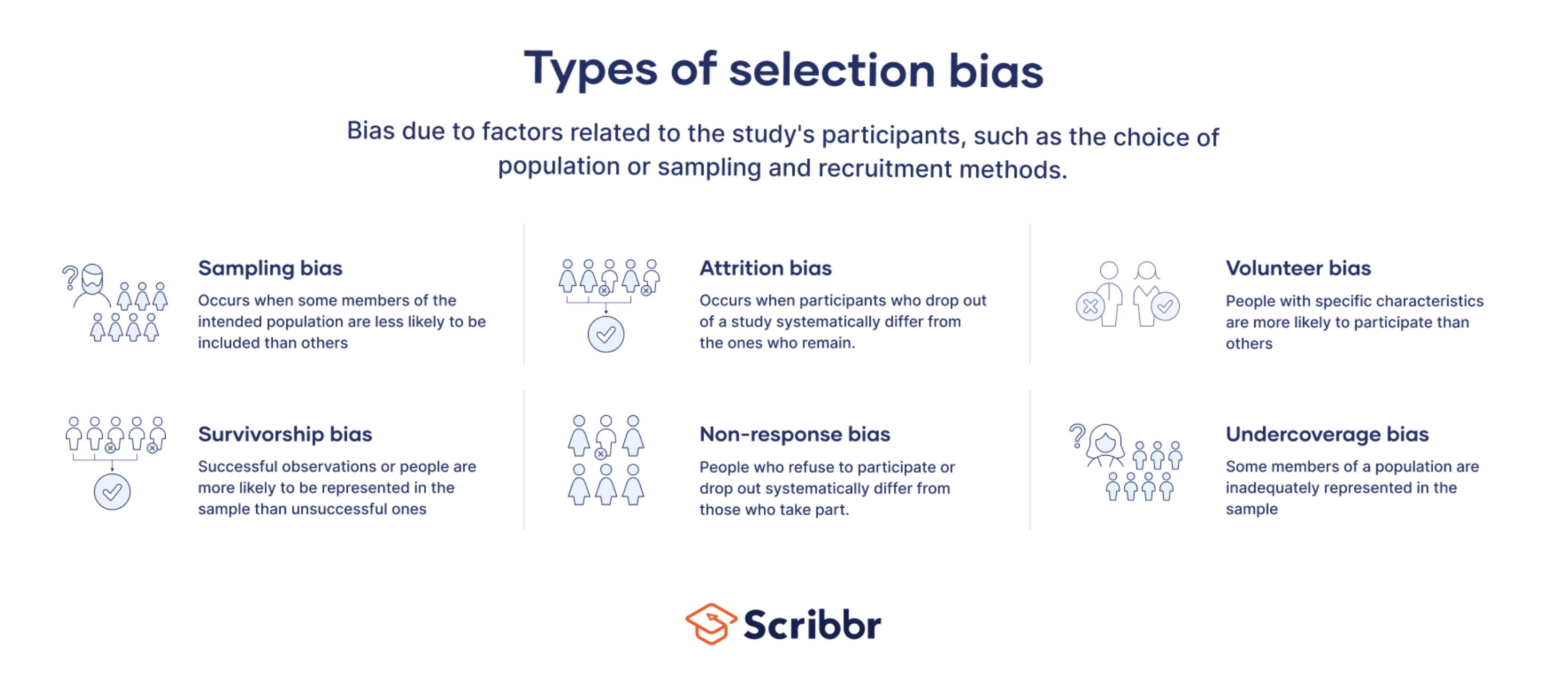
- Volunteer bias: Individuals who volunteer for studies may have different characteristics than the general population, leading to biased results.
- Loss to Follow Up: Participants dropping out of a study can introduce bias if their reasons for withdrawal are related to exposure or outcome.
Information Bias
- This arises from inaccurate or incomplete information about exposure or outcome.
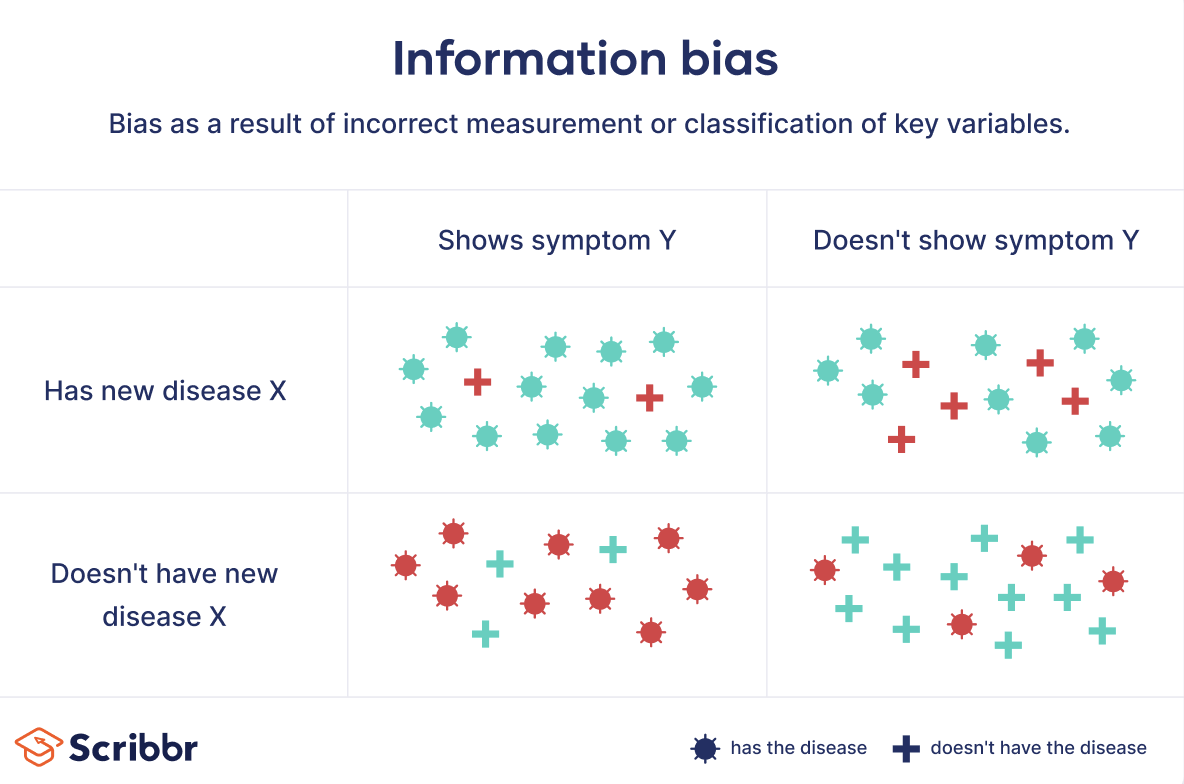
- Recall bias: Participants may incorrectly recall past exposures or outcomes, leading to misclassification.
- Measurement bias: Faulty measurement instruments or procedures can result in inaccurate data.
- Interviewer bias: Interviewers' expectations or opinions can influence participant responses.
Confounding
- This occurs when a third variable (confounder) affects both the exposure and the outcome, thereby creating a false association between them.
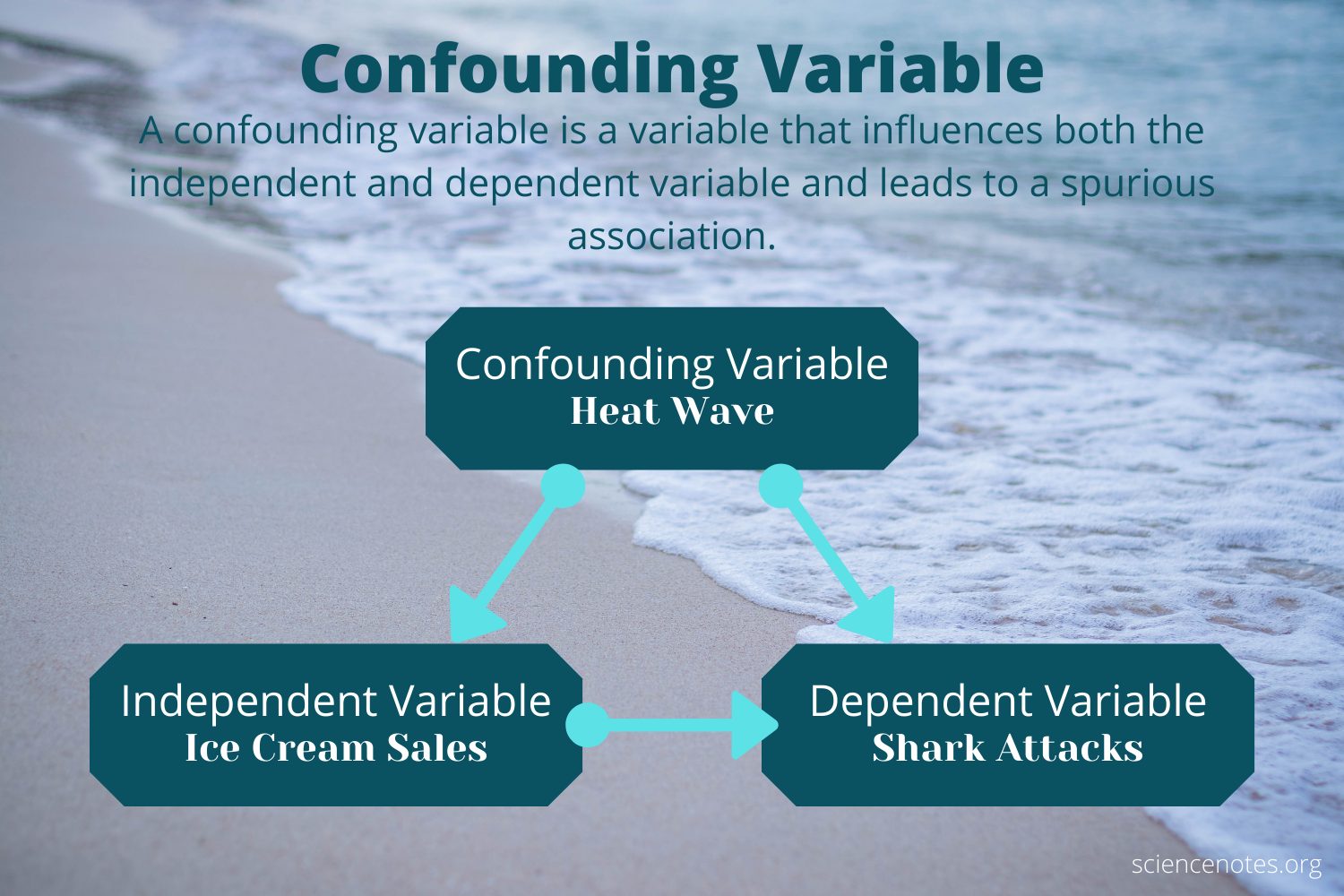
- Example: Smoking and lung cancer might appear linked, but air pollution could be a confounder if it affects both smoking behavior and lung cancer risk.
Another Example of Confounding
Imagine a study investigating the association between coffee consumption and the risk of heart disease. The researchers observe that coffee drinkers have a higher risk of heart disease compared to those who do not drink coffee.
However, there could be another factor that is influencing both coffee consumption and heart disease risk. For example, smoking is a known risk factor for both heart disease and coffee consumption. This means that smoking is a confounder in this study because it is associated with both the exposure (coffee consumption) and the outcome (heart disease).
If the researchers do not account for smoking in their analysis, they may overestimate the true association between coffee and heart disease. This is because the observed association between coffee and heart disease could be due to the confounding effect of smoking.
Effect Modifiers
- In research, effect modifiers are variables that change the relationship between an exposure and an outcome. In other words, they influence the magnitude or direction of the effect that the exposure has on the outcome.
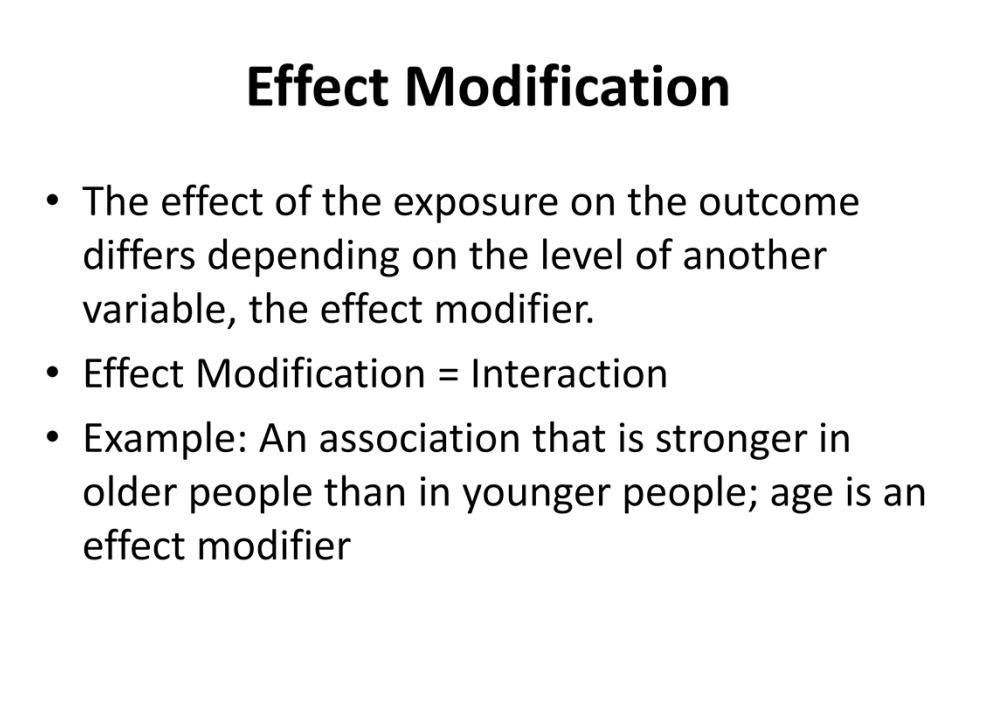
There are several ways in which an effect modifier can alter the relationship between an exposure and an outcome:
- Change the magnitude of the effect: The effect modifier can make the effect of the exposure stronger or weaker.
- Example: A study might find that smoking increases the risk of lung cancer, but the risk is even higher for people who have a family history of lung cancer. In this case, family history is an effect modifier that makes the effect of smoking stronger.
- Change the direction of the effect: The effect modifier can reverse the direction of the effect of the exposure.
- Example: a study might find that exercise reduces the risk of heart disease, but this effect is only seen in people who are overweight or obese. In this case, weight status is an effect modifier that changes the direction of the effect of exercise.
- Create a new effect: The effect modifier can create a new effect that is not seen in the absence of the modifier.
- Example: a study might find that a new medication is effective in treating a certain disease, but only in people who have a specific genetic variant. In this case, the genetic variant is an effect modifier that creates a new effect for the medication.

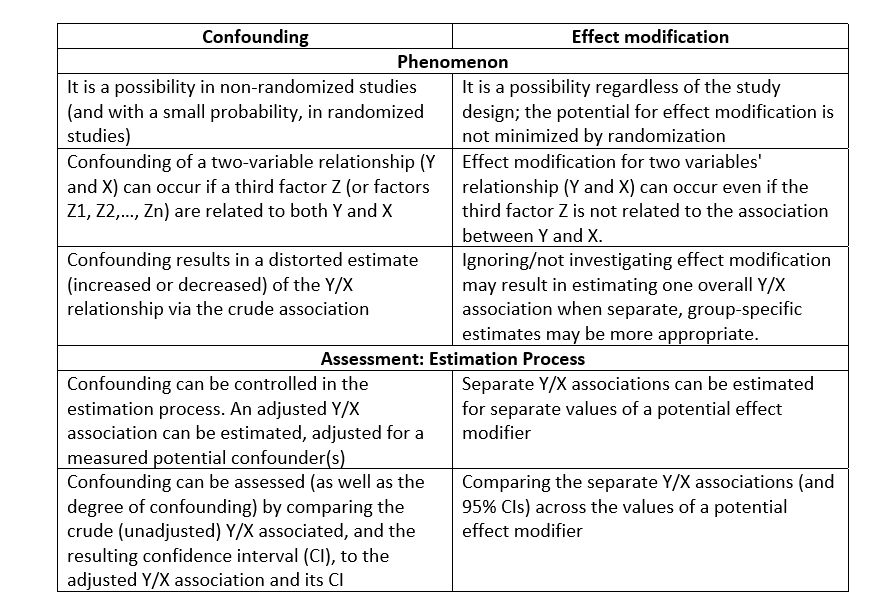
How To Avoid Bias
The following link directs you to a research paper conducted by H H Rea, R Scragg, R Jackson, R Beaglehole, J Fenwick, D C Sutherland, titled "Mental Disorder in Elderly Suicides: A Case-Control Study".
This is an article about avoiding bias in selecting studies for systematic reviews. It discusses the importance of clearly defined inclusion and exclusion criteria. These criteria should be based on the research question and should be specified in advance. The article also recommends using a protocol to guide the review process. This can help to ensure that the review is conducted in a transparent and unbiased manner.
Link to the Paper